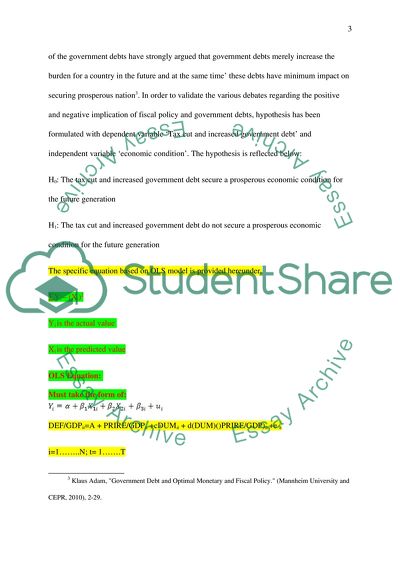Fiscal Policy and Government Debt Statistics Project. https://studentshare.org/macro-microeconomics/1842066-fiscal-policy-and-government-debt
Fiscal Policy and Government Debt Statistics Project. https://studentshare.org/macro-microeconomics/1842066-fiscal-policy-and-government-debt.


